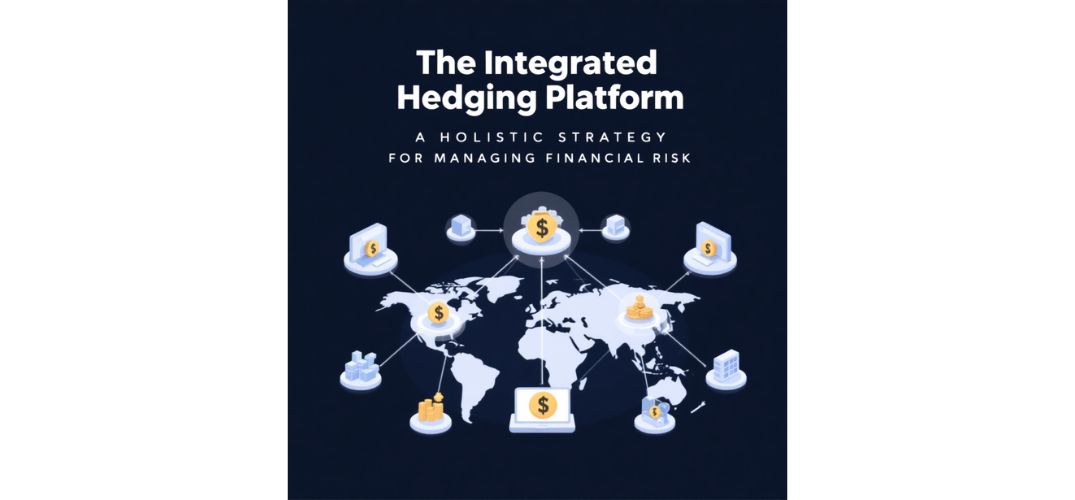By seamlessly integrating complex hedging mechanisms into a single cohesive platform, Bhanu Chander Vallabaneni introduces a revolutionary framework poised to redefine financial risk management. He is an accomplished finance and technology researcher, lays out this innovation in a compelling journal publication.
Reimagining the Foundations of Financial Stability
In the face of rising market volatility and increasing regulatory complexity, traditional approaches to financial risk management often defined by fragmented processes and isolated systems are proving insufficient. The consolidated hedging platform introduces a radical shift, breaking down silos and unifying key risk mitigation strategies within a singular, highly functional ecosystem. This innovation responds to pressing industry challenges, enabling financial institutions to anticipate and neutralize risk more effectively than ever before.
Building Blocks of Cohesive Control
At the heart of this platform is an intricate architecture designed around six robust components, each addressing a distinct aspect of financial exposure. These include:
- Fair Value Hedging, which protects asset and liability values;
- Cash Flow Hedging, designed to stabilize future cash inflows and outflows;
- FX Capital Hedging, focused on managing currency-related risks;
- Non-Qualified Deferred Compensation (NQDC), handling compensation liabilities;
- Long-Term Debt Hedging, which optimizes interest rate risk strategies.
Together, these modules eliminate the inefficiencies of managing multiple disjointed systems, creating a seamless and consistent risk management experience.
A Roadmap for Smart Implementation
The transition to a consolidated risk management system requires more than just technical integration; it demands strategic foresight. The proposed methodology follows a four-phase model: assessment and planning, integration and customization, training and support, and finally, monitoring and optimization. Each phase is grounded in research-driven insights and real-world success metrics, proving that structured rollouts vastly outperform ad hoc deployments.
Organizations that invest in detailed process mapping and stakeholder alignment during the planning phase, for instance, report significantly fewer implementation setbacks. Similarly, ongoing staff training and performance reviews ensure that the system remains adaptable and future-ready.
Data at the Helm of Innovation
Modern finance is increasingly data-driven, and the platform’s powerful analytics capabilities ensure that every data point is transformed into actionable intelligence. Centralized repositories collect inputs from diverse systems market feeds, trading logs, accounting databases streamlining access and analysis. Sophisticated governance protocols maintain high standards for data quality and security, addressing growing concerns around regulatory compliance and cyber threats.
Real-time processing ensures that institutions can respond to market shifts instantaneously, while machine learning algorithms power predictive analytics for enhanced risk forecasting and scenario planning. These features collectively reduce manual reporting, cut processing costs, and bolster decision-making under pressure.
Advantages That Redefine the Risk Landscape
The benefits of adopting this consolidated approach are both broad and deep. By merging multiple hedging strategies into one platform, organizations report:
- Operational cost reductions of up to 26%;
- Improved detection of risk exposures by over 40%;
- Substantial declines in unexpected financial losses;
- Enhanced stakeholder confidence through timely, transparent reporting.
Moreover, the automation of rebalancing and streamlined data flows significantly lower transaction costs and improve hedge effectiveness, particularly during periods of market turbulence.
Navigating the Hurdles
Despite its clear advantages, implementing a unified platform is not without challenges. Technical complexities such as data migration and system incompatibility frequently lead to budget overruns and extended timelines. Furthermore, data security remains a top concern, necessitating rigorous protective infrastructure.
Organizational change is another formidable hurdle. Institutions that underinvest in staff training and change management efforts see markedly lower adoption rates and reduced system efficacy. The research stresses the importance of allocating significant resources to ensure a smooth cultural and operational transition.
Looking Ahead
The consolidated hedging platform not only meets today’s risk management demands but also lays the groundwork for tomorrow’s innovations. Future enhancements may include blockchain integration for greater transparency, alignment with ESG criteria, and even more advanced analytics capabilities. Institutions embracing this platform now position themselves to remain agile and resilient in an ever-evolving financial ecosystem.
In conclusion, by consolidating complexity into clarity, the model proposed by Bhanu Chander Vallabaneni delivers a decisive leap forward in financial risk management. As the industry continues to grapple with dynamic global forces, this integrated approach offers a vital blueprint for stability, efficiency, and strategic foresight.




























